When you think Jeju South Korea, I’m sure you think of a small island off the Korean peninsula with beautiful beaches, glittering blue oceans, and a wonderful place to vacation. Did you know there is a group of female divers called the Jeju Haenyeo? The closest description I can give for these women is real-life mermaids. I got a chance to swim among these amazing Haenyeo women whom are among UNESCO’s Intangible Cultural Heritage list.
Now before we get into it, I have a little pop question for you. A Jeju Haenyeo and Olympic gold medalist have a contest to see who can hold their breath under water the longest. Who do you think won?
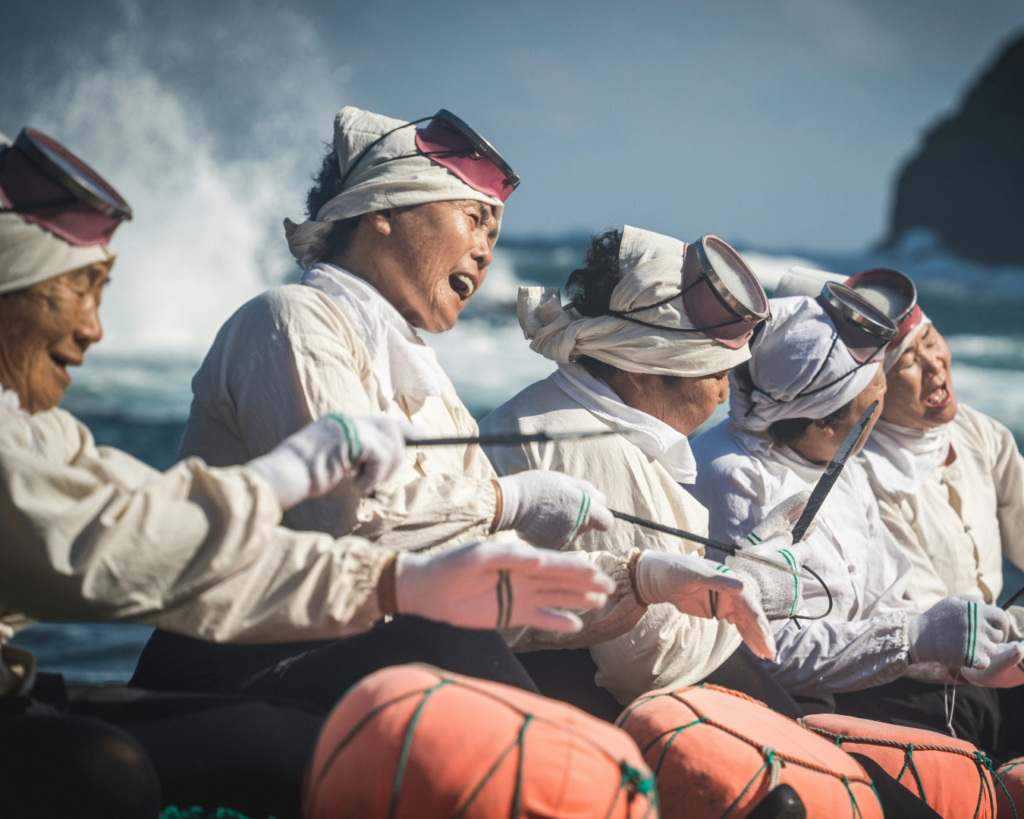
Blog Posts You Might Like
Who are the Haenyo?
The Chinese characters 海女 mean sea women and they are divers who search for seafood without any breathing equipment. They dive about 10 meters deep and gather sea urchins, sea cucumbers, and abalone. A Haenyeo’s work is only about 4 to 6 hours every day and about 90 days a year. Obviously they’re not working during the winter season because it’s too cold.
These professional women divers first appeared in historical documents starting from 17th century. The first records of Haenyeo date back to 1628. What makes Haenyo so special is the fact they have incredible knowledge of the sea. These Korean women usually dive with a wetsuit as their only protective equipment. Can you imagine free diving with the water temperature getting colder as you go deeper?
Culture of Jeju Haenyeo (Women Only Fisheries)
The Haenyeo culture gives an entirely new meaning to girl power because no men allowed (well, they can come if they want). They have special showers and changing areas for women which is awesome. While on this tour, the men had to change in a stuffy office and take cold showers.
While on mainland Korea, women were the home makers, that role was reversed on the island of Jeju. They mostly live among the coast of Jeju Island and are a precious part of the fishing industry and local economy. The Haenyeo workplace mostly consists of elderly ladies.
The Haenyeo community has women 80 years of age still diving 10m below in the cold water to collect sea creatures from the bottom of the sea. Divers are categorized into three groups according to level of experience: hagun, junggun and sanggun. The sanggun (usually older Haenyeos) offer guidance to the young Haenyeo. Before they dive, they usually offer prayers to the goddess of the sea.
The culture of Haenyeo is one of pride and they are a World Heritage Site to try and preserve the Haenyeo history. Sadly, the younger generations of women would rather get an education and move to the bigger cities for work. The number of Haenyeo are slowly dwindling.
Most Haenyeo keep to themselves and are still working women today. You can see them carrying their orange round flotation device. If you can, help the local economy and buy directly from them or where they sell.
Hado Ri Village Haenyeo Diving Experience
Now here’s where we get to the good part… Swimming with the actual mermaids at their fishing village! This was my absolute favorite part of the UNESCO Tour. It was so surreal to be around a community of women who are considered to be such a treasure to their country.
At the village you are given a wet suit to you will forcefully squeeze your butt into (they are tight) and the protective hat. I opted not to wear it because I love the ocean water in my hair and face. It’s also perfect for novice divers.
During the experience, the Haenyeo will guide you along and show you how to dive. While they look like graceful sirens, if you attempt one of their dives, expect to look like a drowning cat. Can you guess who might have looked like one? I’ll give you a hint… The answer is me. I did. I looked like a drowned cat.
They’re really nice, give advice, and will swim along with you on your journey. It’s honestly like having a real life mermaid bestie throughout the experience. I also heard them sing their work songs. I had so much respect for the Jeju women because it takes years to be as awesome as they are. The experience is about two hours and you can eat everything you catch.
Hado-ri Village Coast
Address: 1897-27, Haemajihaean-ro, Gujwa-eup, Jeju City
Open: 9am to 5pm (depending on the season)
March to November (Must be reserved in advance)
Cost: 35,000 won
You need to make a reservation in Korean. If you cannot speak Korean, have a friend help you or you can communicate via text. Use this phrase: “3명, 8월 17일 예약하고 싶습니다.”
It means I would like to make a reservation for 3 people on August 17th. You can change the numbers and dates as needed.
Jeju Haenyeo Museum
If you want to learn more about these bad ass mermaids, then you need to paddle on over to the museum. It features important cultural artifacts from the 1960s-70s such as their traditional clothing, homes, and tools. It also goes in depth into the lives of some Haenyeo so you can connect through their experiences.
I highly recommend visiting as a lot of the information in the museum is translated into many different languages including English. The museum features a mini documentary and areas where you can play breathing games.
You can visit the official website of the Jeju Haenyeo Museum here.
Where to see Jeju Haenyeo?
Another good place to see Haenyeo women in real life is Seongsan-ri. It is a village next to the Seongsan Ilchulbong crater. Here, you can see Haenyeo walking in their rubber suits with their orange buoys and nets.
Navigate to 성산스쿠버리조트(PADI) / scuba resort seongsan and 296-16 Seongsan-ri, Seongsan-eup with Google Maps.
Dress Like a Haenyeo
To help revive the culture, I noticed a lot of cute rental shops popping up with cute traditional Haenyeo clothes. You can wear the traditional white hanbok top, the black shorts, the white hat and the water goggles. It’s a really cool experience and a great souvenir for your trip to Jeju. You can book a Jeju Haenyeo Traditional Costume experience here.
UNESCO Intangibile Cultural Heritage
The Haenyeo practices became a UNESCO property because of their knowledge of the marine nature, diving practices, social practices, and rituals. These days, it’s a dying field as most divers are between the ages of 50-80 with about 9,666 Haenyeo left.
Since 2008, they have opened Jeju Haenyeo schools to recruit people towards the profession. The Korean government is doing their best to revive it by ensuring the health and safety of the Haenyo. They offer free healthcare to all Haenyo and hope to increase the chances of future generations taking on the tradition. This is an incredible experience and I highly recommend checking out the Jeju Hanyeo show and experiencing Korea’s national treasure.
Go On a East Coast Jeju Tour
If you don’ feel confident in your Korean language abilities and would like to do a guided tour, then I recommend going on the East Coast Jeju Tour. It’s fantastic for nature lovers and will take you to the Jeolmul Natural Forest, Seongeup Folk Village, and Gwangchigi Beach. Of course the highlight of this tour is the woman diver show with the back drop of Seonsang Ilchulbong.
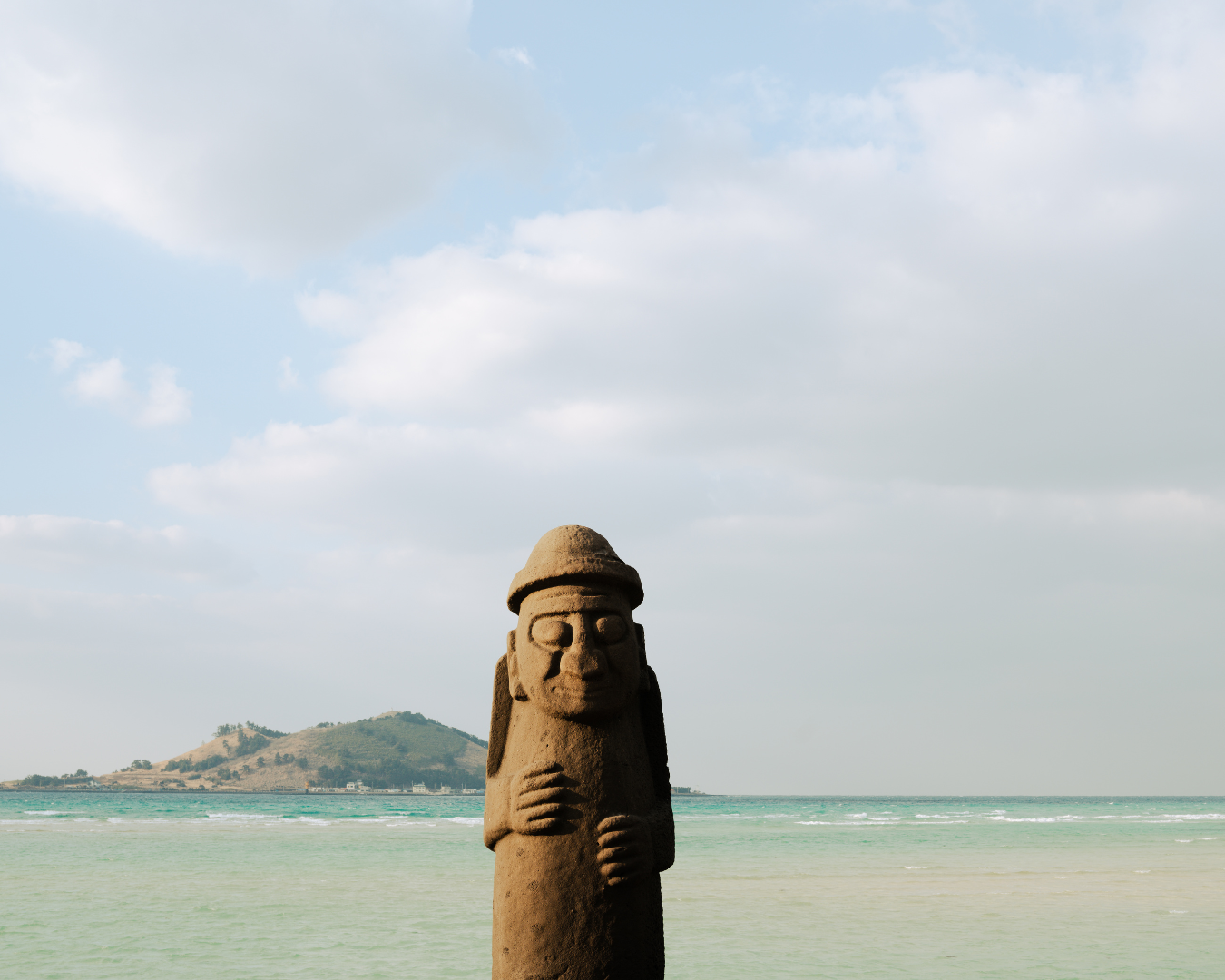
Swimming back around, I’m sure you’re still wondering… Who won the breathing contest? The winner was the gold medalist. Jeju Haenyo can only hold their breath for one minute. Were you expecting that? This was an experience of a lifetime and I’m so glad I got to do so. I will never forget my time with the real life mermaids of Korea.
Gina Bear was sent to Jeju Island as a promotional ambassador for UNESCO Korea. As always, all thoughts and opinions remain my own.
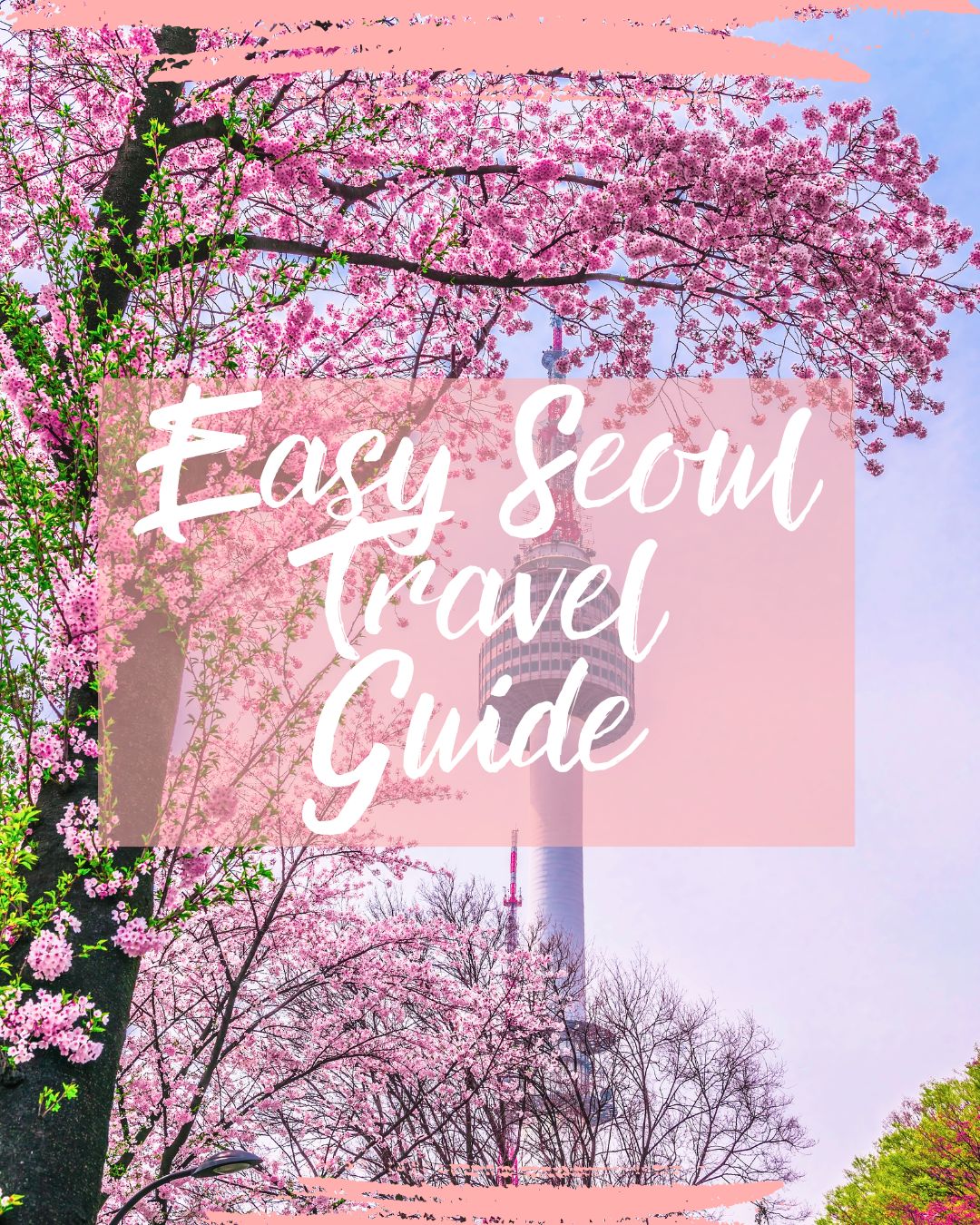
Free Seoul E-Book
Do you love South Korea?
Enter your name and email address and click the button below to receive your Easy Seoul Travel Guide so you can travel like a local!

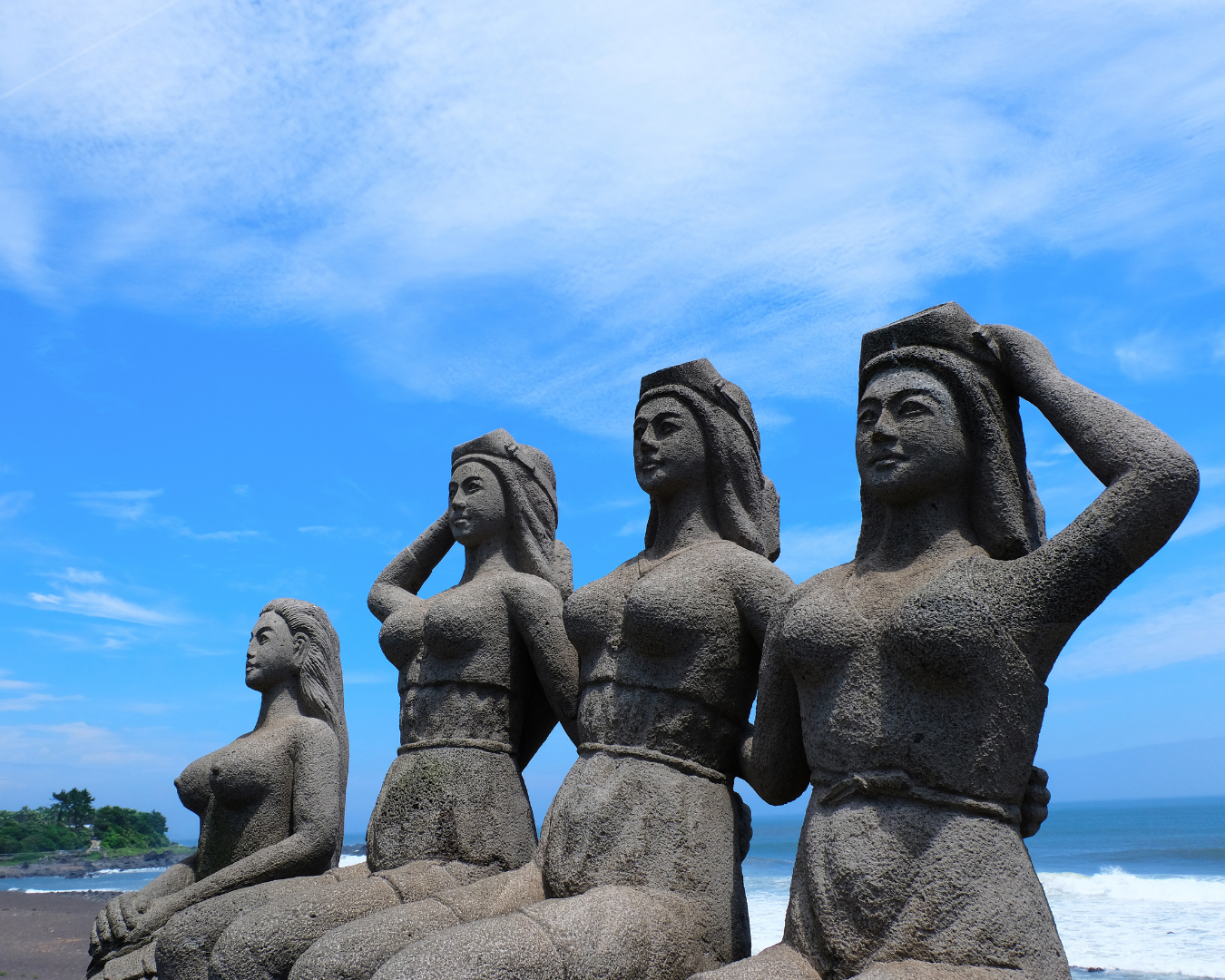
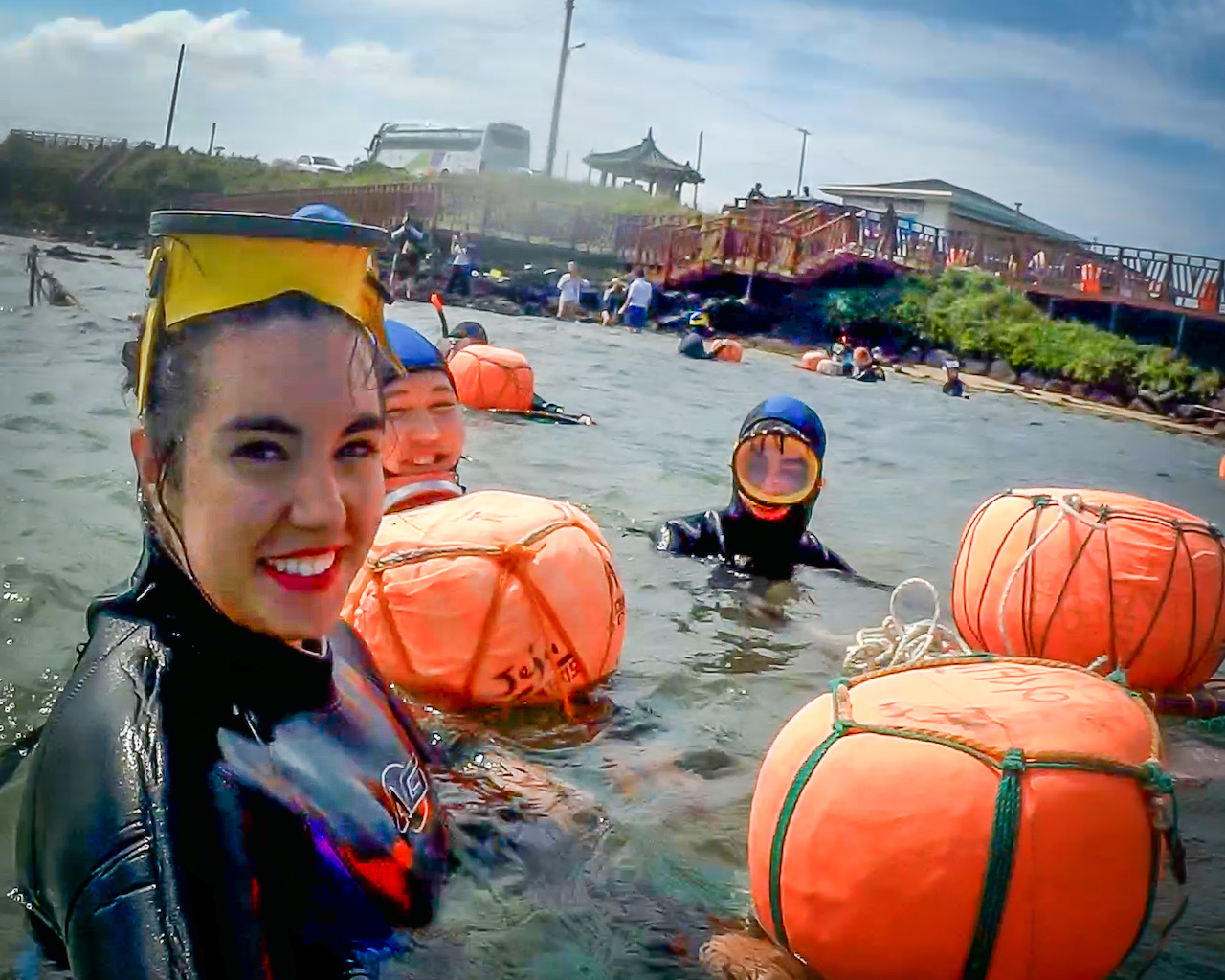
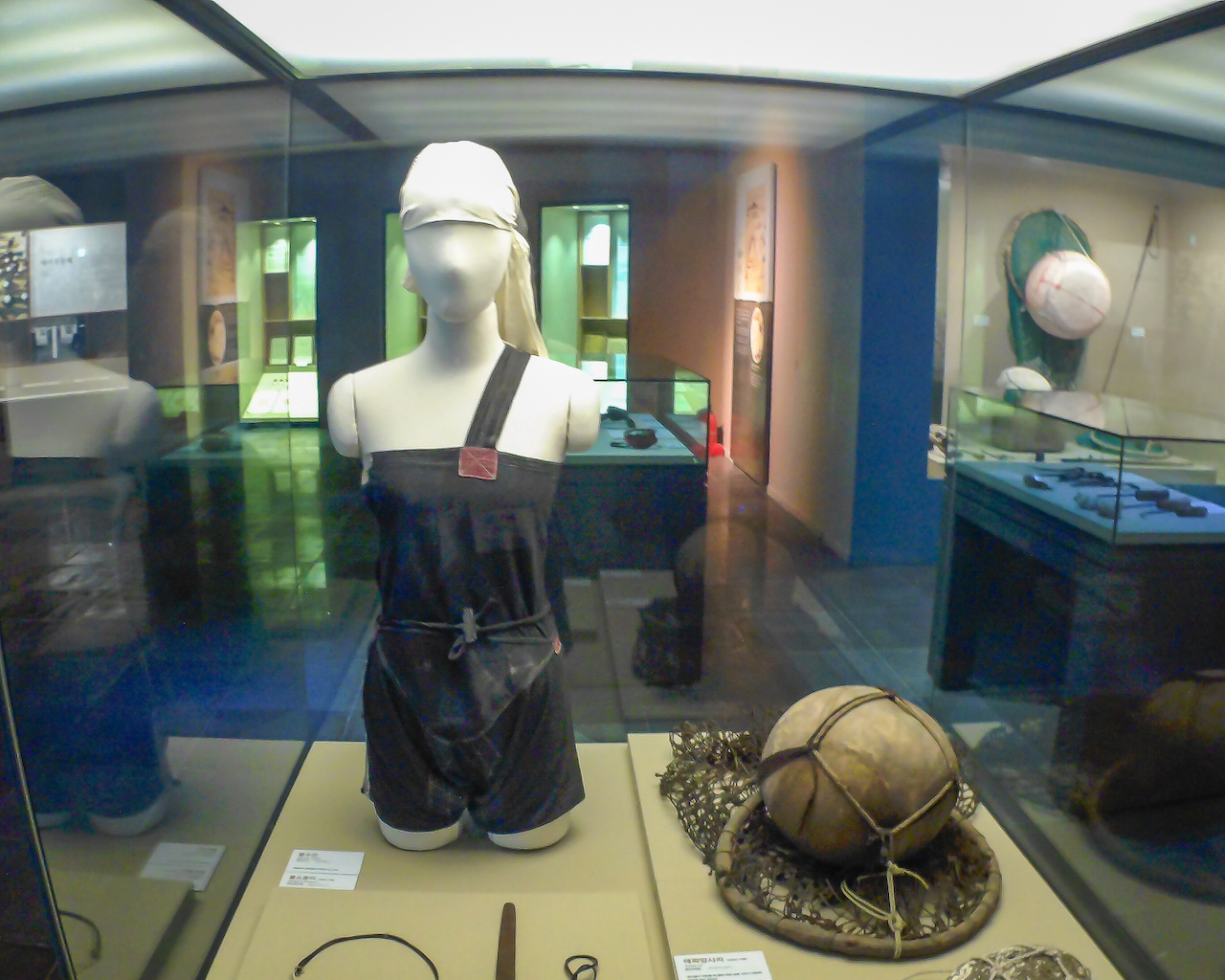



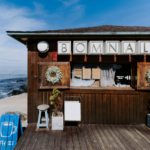
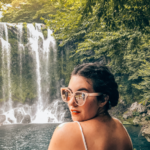
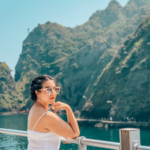

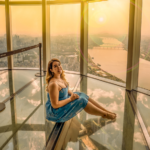
Hi! I am going to Jeju in 2 weeks and want to dive with the haenyeo women! Your link for the website didn’t work and I can’t seem to Google them. Do you have a contact email for Hadi Ri Village? It seems like an amazing experience! Thanks!
This must have been such a wonderful experience. It’s good that you have guides also available to help you dive. I haven’t had a diving experience yet. Will love to explore this place
What an amazing experience. And the Haneyo women are amazing. Why are the younger generations not considering Haneyo as a profession? From the other side here, the profession sounds unique and one of its kind. Wish I was an indigene, prolly, I’d be one of those women.
Oh I totally expected that they would hold their breath for longer! Mainly because surely it would take longer to dive and fish too!